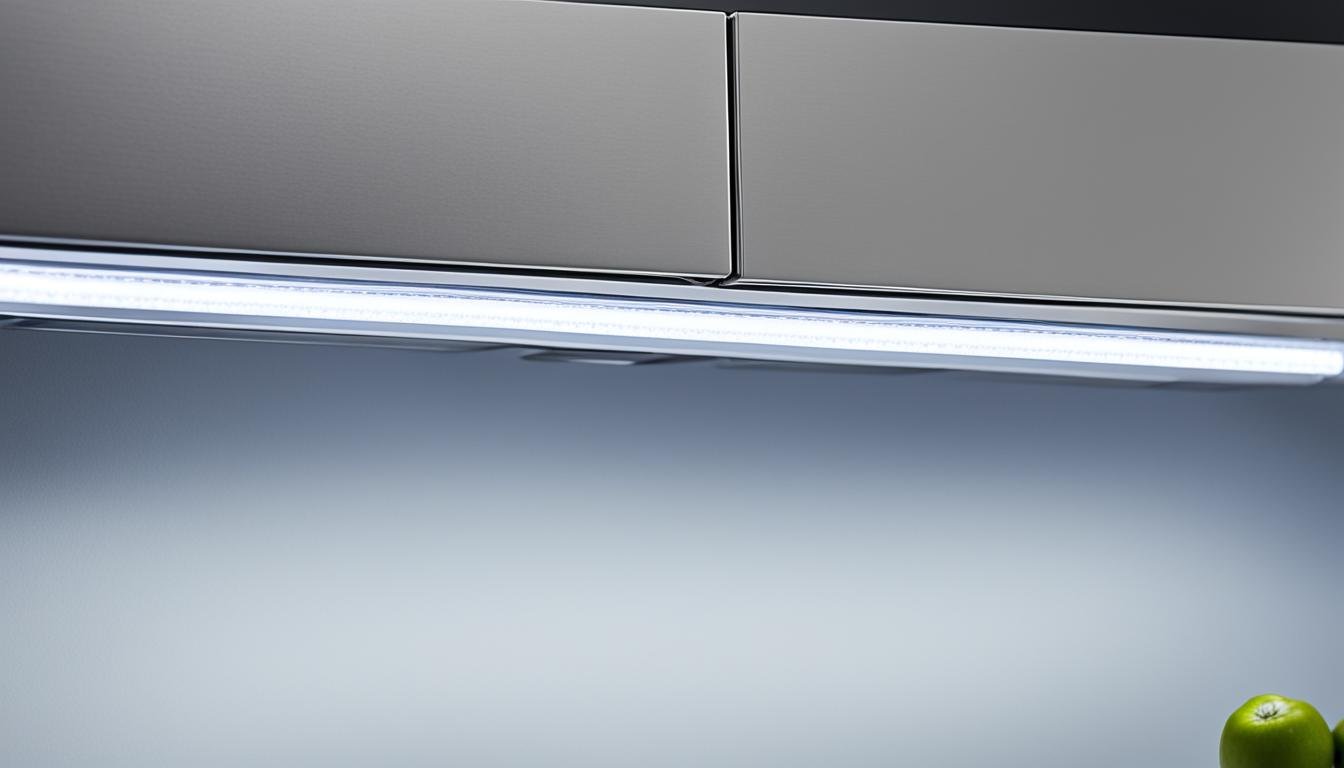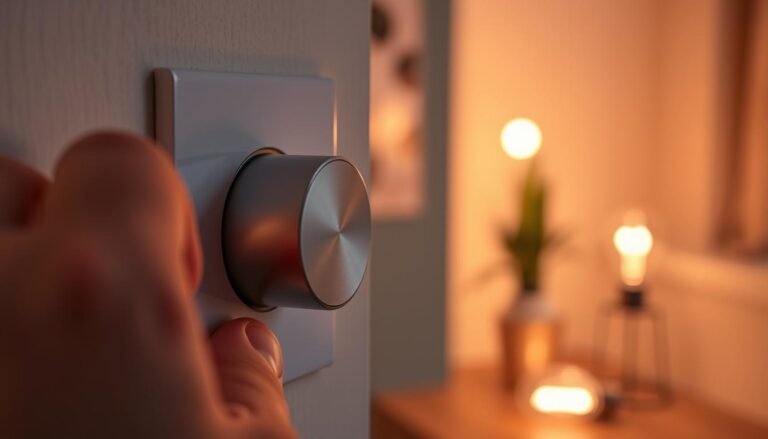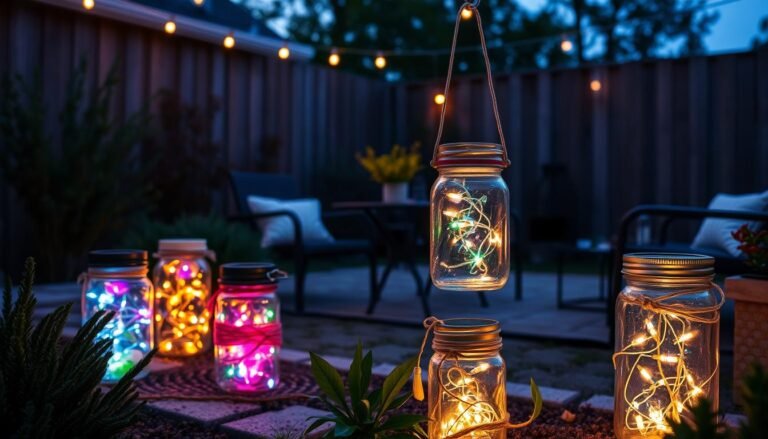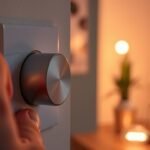Affiliate Disclosure: This post may contain affiliate links. If you make a purchase, we may earn a small commission at no extra cost to you.
You might be interested in LED strip lights because they promise to last a long time. But, how long do LED light strips last? I’ll explain how long they really last, what makes them fail, and how companies figure out their lifespan.
Incandescent bulbs just stop working. Fluorescent bulbs start flickering. But LEDs fade over time. They don’t just stop working suddenly. So, as long as there’s no major power issue or physical damage, your LED strips will keep working. They’ll be fine until they are too dim for your liking.
The industry uses a measure called the L70. It marks the point where an LED is only 70% as bright as new. This is technically when it hits 30% light loss. Figuring this out helps us know when an LED is on the edge of being too dim to use.
Key Takeaways
- LED strip lights can last up to 50,000 hours on average, or about 6 years of continuous use.
- The industry-standard “L70” metric measures when an LED’s light output has declined by 30% (70% remaining).
- Factors like temperature, drive current, and manufacturing quality can significantly impact the actual lifespan of your LED strips.
- In addition to the LEDs themselves, the power supply and adhesive backing are also potential failure points.
- Proper maintenance, such as avoiding excessive heat and not exceeding power supply capacity, can help maximize your LED strip’s longevity.
Check out our FREE Calculators on our Resources Page
Understanding LED Strip Light Longevity
Have you ever wondered how long LED strip lights last? Their lifespan depends on several things like the quality, materials, and how well they’re made. Still, there are some key ideas about how long LED strip lights typically work.
LED Lifetime and the 70% Rule (L70)
A special rule, called L70, helps us measure LED strip light longevity. This rule says an LED’s light is too dim to be useful when it’s only 30% as bright as new. Based on this, we can guess how long an LED will last.
How is L70 Calculated?
LM-80 testing helps find the L70 value. In this test, samples of LEDs are checked in different conditions for up to 10,000 hours. The amount of light they put out is measured every 1,000 hours.
These LM-80 tests are done by third-party labs, so they’re fair. Companies that sell LED strip lights should have these tests done. They can show you the LM-80 report if you ask for it, especially if you want to buy a lot.
Testing LEDs for their whole life isn’t practical. So, a way to guess their lifespan without waiting so long was needed. That’s why TM-21 was made. It uses the early test data to make a good guess about how long the LED will really last. This guess is the number you often see on LED package info and warranties.
Factors Affecting LED Strip Lifespan
LED strip lights can last a long time, but many things affect how long they will work. The numbers given by LED strip makers might not be completely true. Here, we’ll look at why those numbers might not be the whole story.
3 Reasons Why Your LED Strip Lifetime Claim May Be Inaccurate
There are tests, like LM80, that measure how long LED strips will work. But, sometimes, these tests might not be done right. This means the lifespan claim might not tell the whole story. The conditions in tests must be harder than normal use. So, if your LED strip runs cooler or with less power, it might not last as long as promised.
It’s Not Just About Brightness Decline – Your LED Strip May Shift in Color!
LED strips mostly get less bright over time. But, the color can change too, which many people don’t know. If the LED materials fade at different rates, the light’s color can shift. LM80 data includes a value for this color shift, “delta u’v'”. It’s not often seen in LED strip info, though. A delta u’v’ under 0.006 is okay for most lights. But, for places like museums, where color is vital, aiming for better color stability is smart.
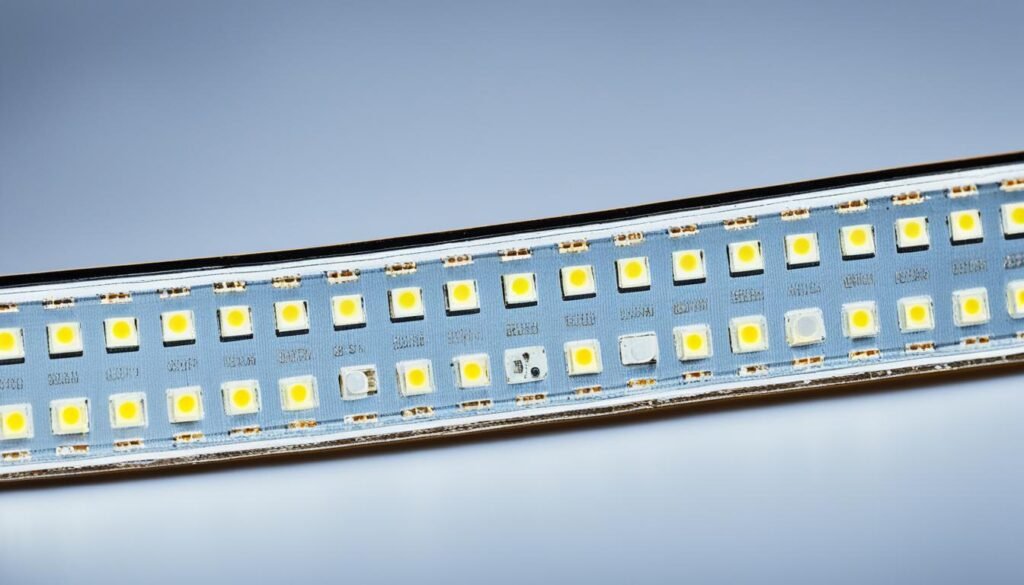
LED Strip Lifetime is Not Just About the LEDs!
People often talk about how long LEDs last. But, the truth is, things like the adhesive and power supply are just as important. They can fail too, causing big problems.
The adhesive on the LED strip can wear out because of dust and humidity. If the adhesive fails, the LED strip may fall off. Our LED strips use 3M VHB tape, making them very strong. It’s some of the best tape you can get.
The Adhesive Backing and Power Supply’s Role
The power supply is also key and can fail. The manufacturer usually tells you how long it should last. When it goes, the LEDs might start flickering or stop working.
To make the power supply last, keep it cool, dry, and clean. Make sure the power draw from your LED strips doesn’t exceed the power supply’s capacity. Going over this can damage your system or make it break early. Always aim to use no more than 80% of the power supply’s full power.
how long do led light strips last
LED strip lights usually last about 50,000 hours. But this can vary based on the quality and how you use them. If you take care of your strip lights, they can work for around six years non-stop. Always turn off your LED strip lights when not in use. This saves power and helps them last longer. LEDs don’t like extreme temperatures. So, keep them in a place where the temperature doesn’t change a lot.
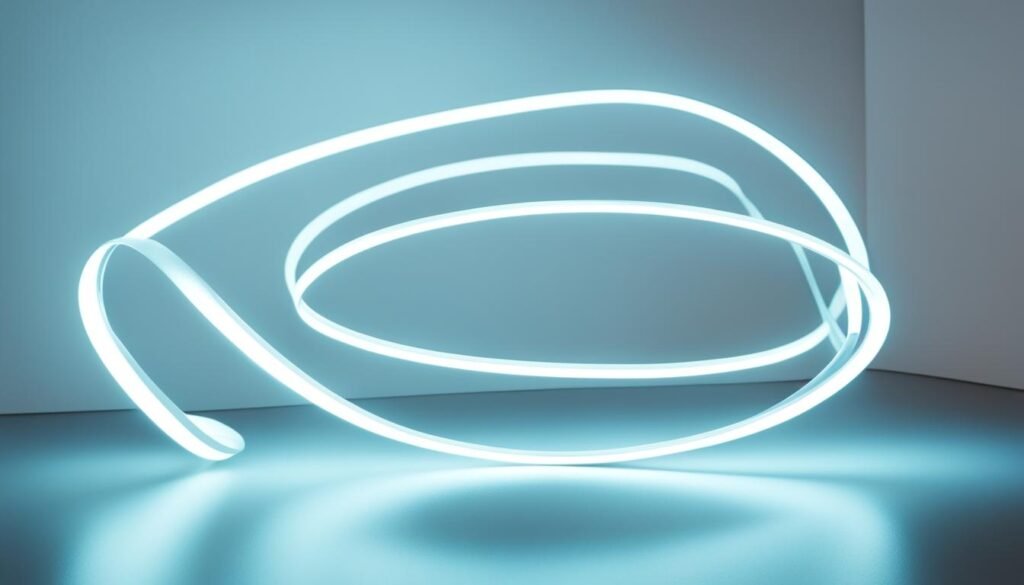
Do LED Lights Burn Out?
LED lights won’t suddenly switch off like incandescent bulbs do. Instead, they slowly get dimmer over time. Incandescents stop working when their filaments burn out. However, LEDs just get dimmer as they age.
The lighting industry uses the L70 metric to gauge LED strip lights’ lives. This metric shows how long it takes for lights to dim by 30%. For instance, our Fully Bendable FLEXile IP44 LED Strip Lighting can last up to 30,000 hours. Even after three and a half years, they will still be 70% as bright as new! This long life is a key advantage of LED lights.

LED Strip Lights and Heat Generation
Many ask if LED strip lights make a lot of heat. They’re different from old types of lights, like incandescent and fluorescent bulbs, in how much heat they make.
Do LED Strip Lights Get Hot?
LED strip lights do get warm, but not like incandescent bulbs do. Incandescents change 90% of their energy into heat, which is a lot. This can make them very hot and even break if left on too long. Incandescent bulbs are not very efficient because of this.
However, when an LED makes heat, it uses special parts to spread that heat out. This means about 80% of an LED‘s energy goes into light, not heat. So, LED strip lights stay much cooler than old types of lights.
That’s why today, many people choose LED strip lights. These lights are known for being bright and saving energy. They don’t make as much heat as other lights do. They are good for homes, businesses, and factories.
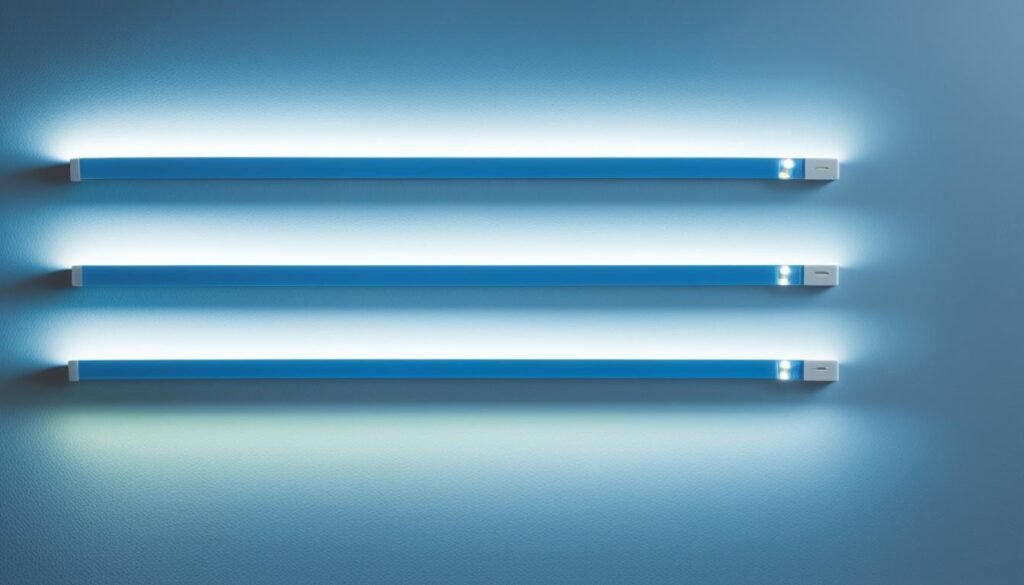
Cost-Effectiveness of LED Strip Lights
How Much Do LED Strip Lights Cost to Run?
In the US, energy bills keep going up. Many are looking for a cheap lighting solution at home. Luckily, LED strip lights fit the bill. They use 80-90% of their energy to make light. This makes them the best choice for saving money.
Switching from incandescent bulbs to LED strip lights is a smart move. The Energy Savings Trust says you can save a lot on your bills. For every year, a 100-watt bulb saves $15, a 75-watt bulb saves $10, a 60-watt bulb saves $7, and a 40-watt bulb saves $4.
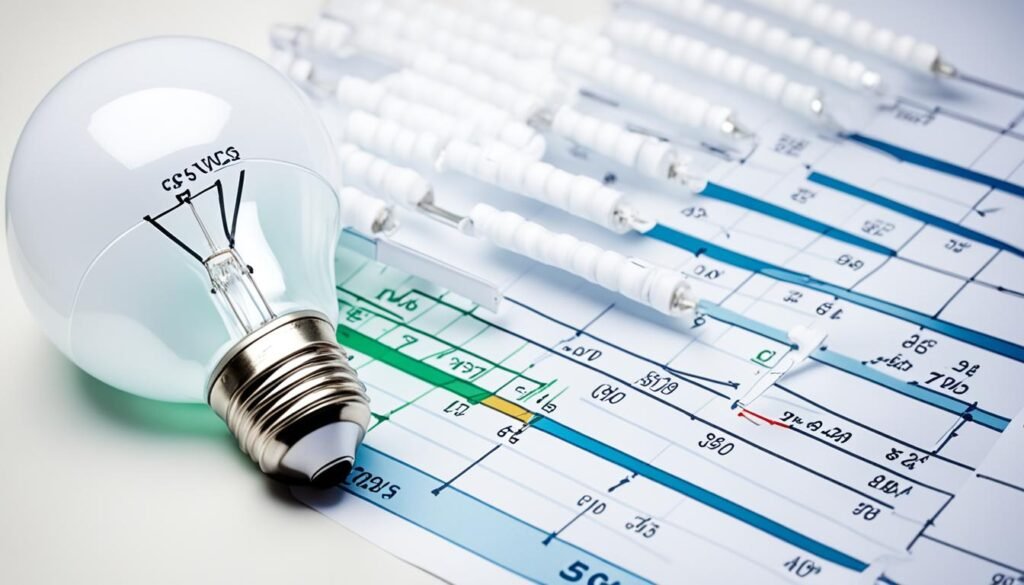
Conclusion
LED strip lights last a long time and save money. They beat traditional bulbs in lifespan, energy use, and costs. Each strip can light up for over 50,000 hours if you take care of it well. The quality of the glue and power matter too.
Knowing about LED strip light’s life, what affects it, and the money they save is helpful. It helps you see their value for homes or businesses. With the right care, LED strip lights keep working for many years.
LED strip lights are great for many lighting needs because they last and save energy. Choosing good LED strips from trusted brands offers both benefits. It means you can count on saving money and light for a long time.
Check out our FREE Calculators on our Resources Page
Source Links
- https://www.waveformlighting.com/home-residential/how-long-do-led-strip-lights-last
- https://www.lightsupplier.co.uk/blogs/lighting/how-long-do-led-strip-lights-last

